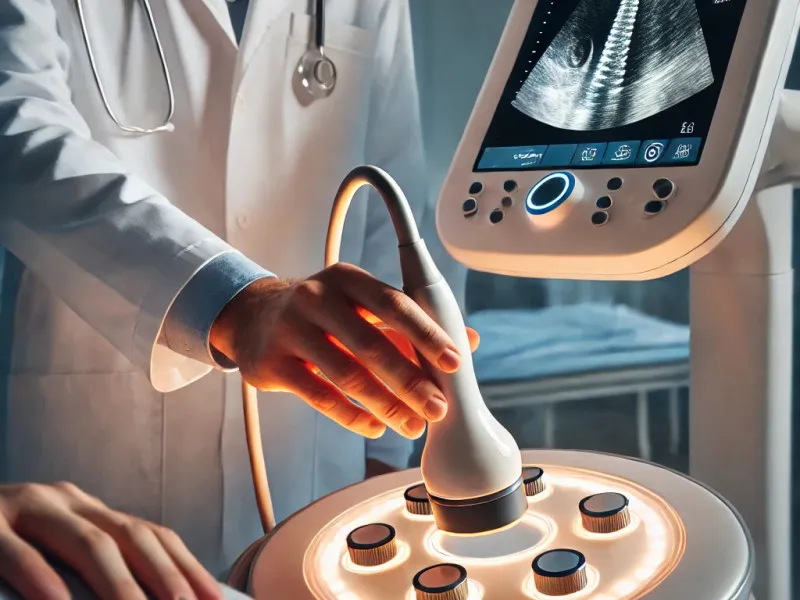Rehabilitation Techniques for Enhancing Fracture Recovery Time
Introduction to Fracture Recovery Fractures, a common occurrence worldwide, are disruptions in the continuity of the bone. They typically result from trauma such as falls, accidents, or direct blows, but can also be caused by conditions that weaken bones, like osteoporosis. Key initial symptoms include intense pain, swelling, bruising, and the inability to move the […]
Rehabilitation Techniques for Enhancing Fracture Recovery Time Read More »










